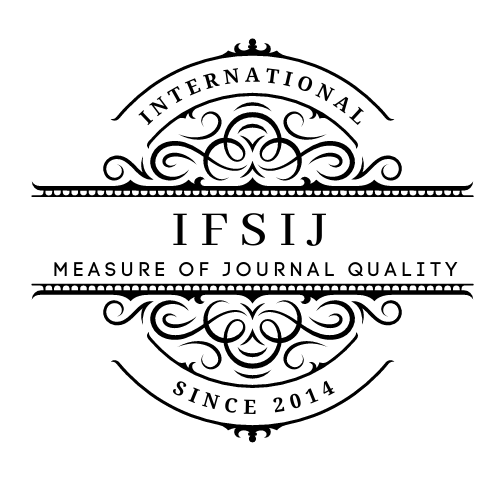OPTIMIZING GOVERNMENT ECONOMIC POLICIES WITH PYTHON: LEVERAGING DATA SCIENCE FOR ROBUST POLICY MAKING
Keywords:
Python Programming, Economic Policy, Data Science, Fiscal Policy, Monetary Policy, Policy Simulation, Predictive Analytics, Economic Modeling, Government Policy, Fiscal Stimulus, Monetary Adjustments, Data-Driven Decision-Making.Abstract
This article explores the pivotal role Python programming and its data science capabilities play in optimizing government economic policies. In an era dominated by the need for robust, data-driven decision-making, Python emerges as an indispensable tool for policymakers and economists. The paper delves into the practical applications of Python in simulating the effects of policy changes, aiding in the formulation and evaluation of fiscal and monetary policies geared towards achieving economic stability and fostering growth. Through demonstrations of Python's application in predictive analytics, economic modeling, and scenario simulation, the article underscores the programming language's potential in enhancing the transparency, inclusivity, and effectiveness of economic policy-making. It highlights real-world instances where Python's data manipulation, computational, and visualization tools have been successfully employed to inform policy choices, predict economic trends, and model the impact of policy interventions. This article aims to serve as a valuable resource for economists, policymakers, and data scientists seeking to leverage Python's data science capabilities for economic policy optimization.
Downloads
Published
How to Cite
Issue
Section
License

This work is licensed under a Creative Commons Attribution-NonCommercial-NoDerivatives 4.0 International License.















